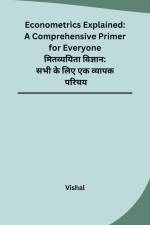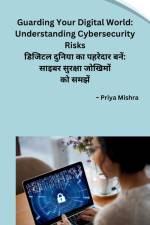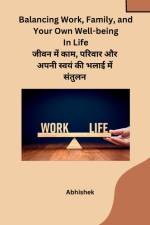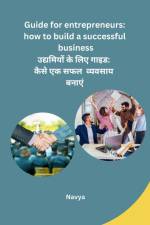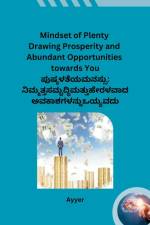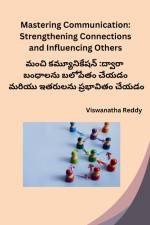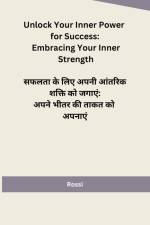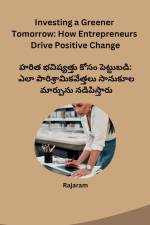av Shane Hector
345,-
Definition and Overview of Tissue EngineeringTissue engineering is an interdisciplinary field that combines principles from materials science, engineering, biology, and medicine to develop artificial tissues and organs for transplantation. It involves the application of engineering principles to design, create, and manipulate biological materials that can replace or restore the function of damaged or diseased tissues in the human body. The field of tissue engineering emerged in the late 1980s, and since then, it has revolutionized the way we think about regenerative medicine and the possibilities for treating various medical conditions. By understanding the principles of tissue engineering, researchers and scientists have been able to create functional tissues, such as skin, cartilage, bone, and even complex organs like the liver and heart.The main goal of tissue engineering is to develop functional tissues that can integrate seamlessly with the recipient's body, providing long-term solutions for patients suffering from organ failure, tissue damage, or congenital abnormalities. This innovative approach aims to overcome the limitations of traditional transplantation methods, including organ shortages, rejection issues, and the need for lifelong immunosuppression.Materials science and engineering play a crucial role in tissue engineering. By designing and fabricating biomaterials, researchers can create scaffolds that mimic the structure and function of native tissues. These scaffolds serve as a framework for cells to grow and differentiate into functional tissues. They can be made from a wide range of materials, including polymers, ceramics, metals, and composites, each with their unique properties and advantages.In addition to scaffolds, tissue engineering also involves the use of bioactive molecules, such as growth factors and cytokines, to stimulate cell growth and promote tissue regeneration. These molecules can be incorporated into the scaffolds or delivered through controlled release systems to enhance the healing process.Tissue engineering has the potential to revolutionize healthcare by providing personalized solutions for patients in need of tissue or organ replacement. It offers the possibility of customizing therapies based on individual patient needs, reducing the risks associated with transplantation and improving overall patient outcomes.


